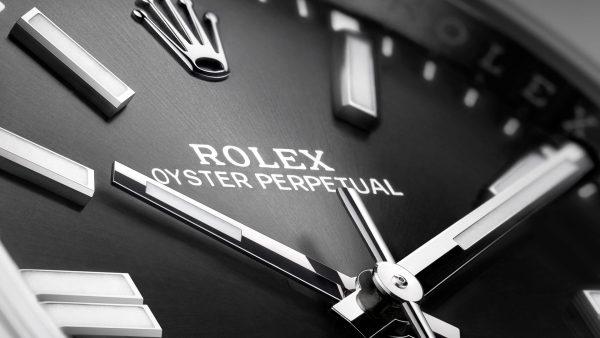Apollo 13 Mission: 14 seconds to change your destiny
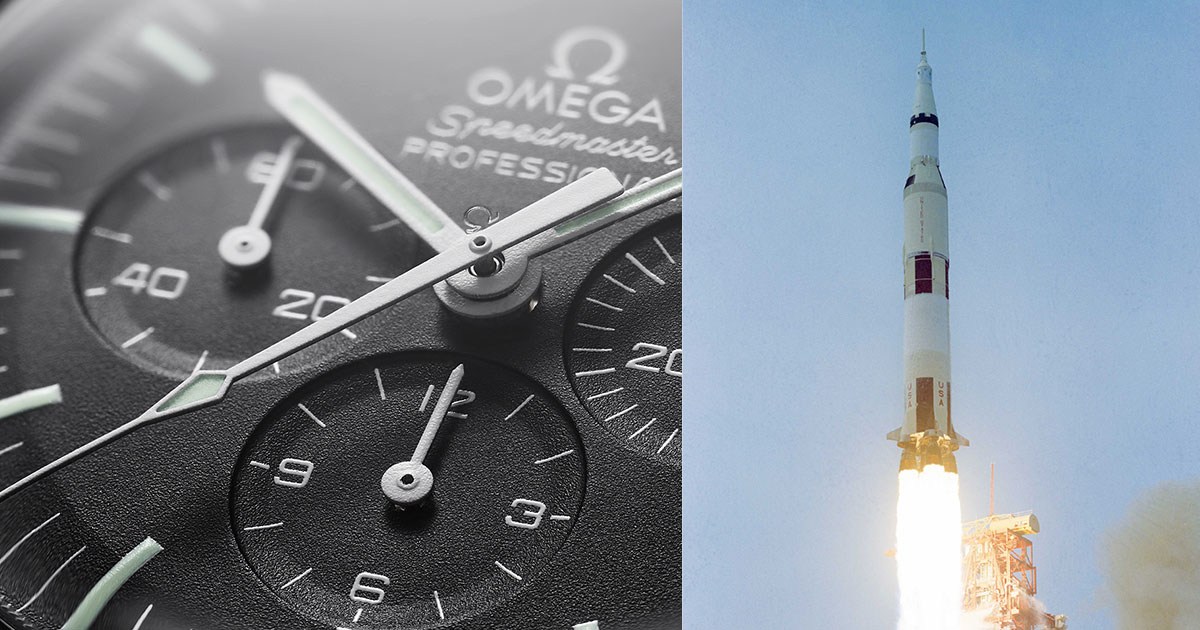
Fourteen seconds. 1, 2, 3, 4, 5, 6, 7, 8, 9, 10, 11, 12, 13, 14. 14-second burn of fuel. This is the exact amount of fuel that the team of the Apollo 13 Mission had to burn in order to manually pilot the spacecraft on its return to Earth and avoid disaster. Fourteen seconds. When the mission was launched on April 11, 1970, no one could have predicted such a tragic ending. Today, sending people and spacecrafts to space is still a risky and uncertain business. Although calculated, risks they remain.
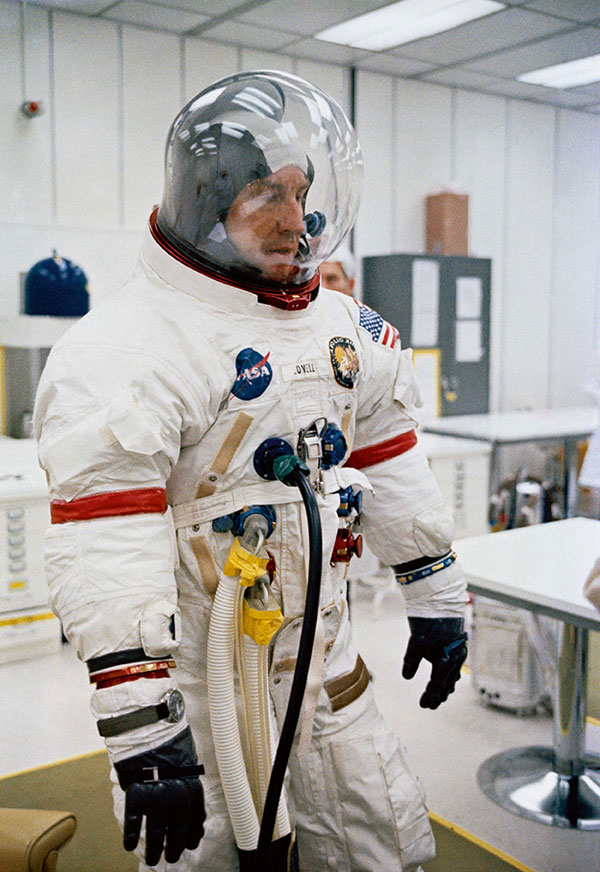
Astronaut James A. Lovell Jr., commander for NASA’s Apollo 13 mission
Photo: OMEGA | NASA
The Apollo 13 crew was headed for the Moon, led by the astronaut James Lovell, who had three spaceflights under his belt at that time. This would have been only the third lunar landing in history, but this chapter of the Apollo project was famous for more unfortunate reasons. Command Module Pilot Jack Swigert, Lunar Module Pilot Fred Haise and Mr. Lovell were all equipped with OMEGA Speedmaster Professional chronographs – considered a vital part of NASA’s official kit since the very first manned missions.
As described by James Ragan, the NASA engineer who first tested and qualified the OMEGA Speedmaster in 1964, “The watch was a critical backup. If the astronauts ever lost the capability of talking to the ground, or the capability of their digital timers, the only thing they would have to rely on would be the watches always on their wrists. It needed to be there for them if they had a problem.”
“Houston, we have a problem.”
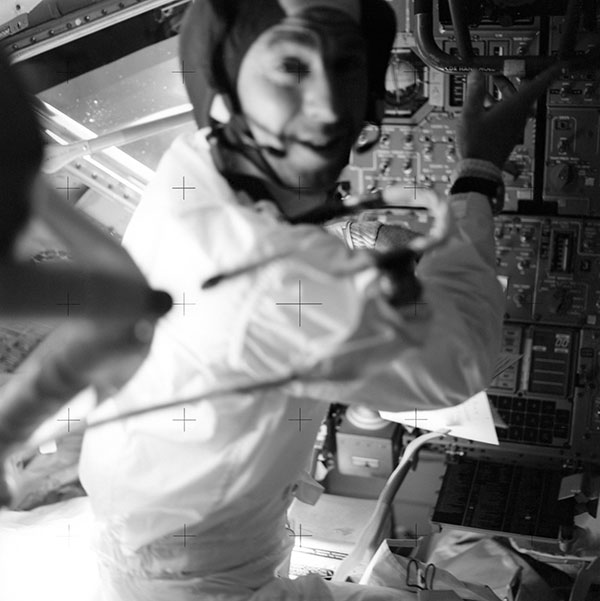
Astronaut James Lovell at his position in the Lunar Module
Photo: OMEGA | NASA
Sadly, “we [did] have a problem”, and a critical one, within only two days after the launch. An oxygen tank exploded on board, crippling the Service Module and putting the astronauts into a truly life-threatening situation. From then on, the mission to the Moon was abandoned, and all hands and hearts were focused on ensuring the survival of the crew by finding a means of bringing them back on Earth.
Part of the rescue strategy, directed from Houston, was to move the astronauts into the Lunar Module. This craft, however, was not built to support so many people for such a long time. Therefore, to conserve energy, the crew shut down nearly all power – rendering their digital timers obsolete, and leaving the astronauts and their OMEGA watches at the mercy of dark and freezing conditions.
Apollo 13 Mission crew faced many serious challenges over the next several days, as NASA worked around the clock to overcome the increasingly volatile situation, but it was at the final hurdle that OMEGA’s essential precision was called for. Because the mission had drifted off course by roughly 60 to 80 nautical miles, it meant that the module would re-enter Earth’s atmosphere at the wrong angle, and bounce back into space with no chance of recovery from the rescue squad.
The 14 seconds that changed space travel
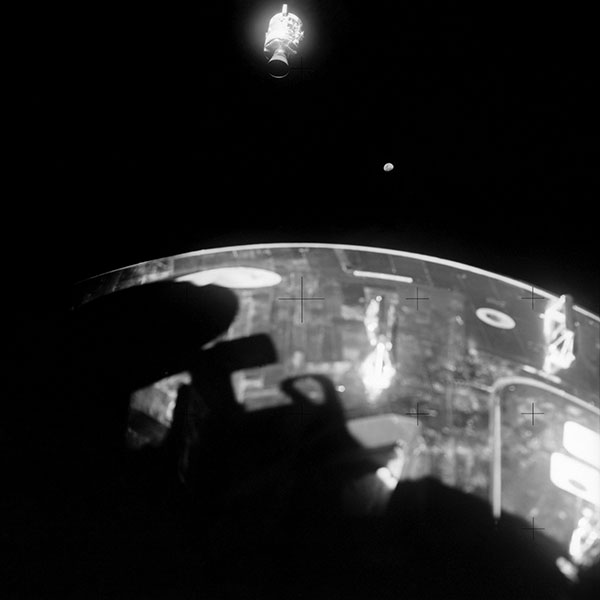
View of damaged Apollo 13 Service Module
Photo: OMEGA | NASA
As mentioned in the opening lines, the crew only had exactly 14-second burn of fuel left to manually pilot the spacecraft on its return to Earth. There was simply no room for error. Since he could no longer rely on the digital chronometers, Jack Swigert used his OMEGA Speedmaster watch to time the burn while Mission Commander James Lovell piloted the module using the Earth’s horizon as his guide. Mr. Lovell would later add: “We used the OMEGA watch that Jack had on his wrist and I had to control the spacecraft. Jack timed the burn on the engine to make that correction to get us back home safely.”
Mission successful fo the Apollo 13 Mission
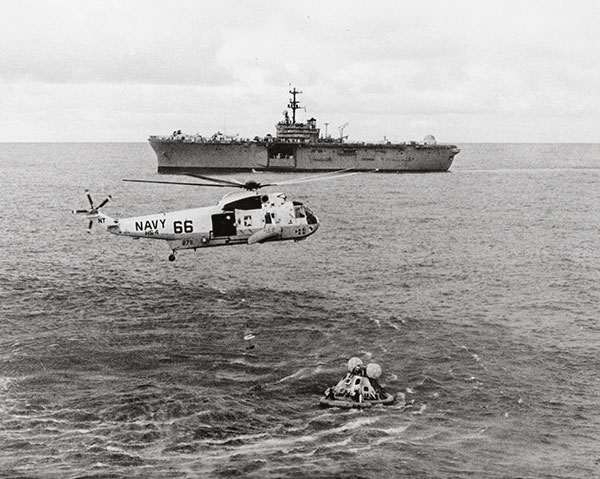
Apollo 13 crew recovery after splashdown
Photo: OMEGA | NASA
To general relief, the unique manoeuvre worked perfectly, and on April 17, 142 hours and 54 minutes after launch, the Lunar Module splashed down safely in the South Pacific Ocean. The watch had played its part, and performed exactly as intended.
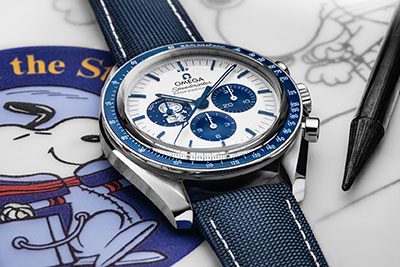
OMEGA Speedmaster Anniversay Series “Silver Snoopy Award”
Credit: OMEGA
Later that year, on October 5, 1970, OMEGA was presented with NASA’s “Silver Snoopy Award” as a mark of gratitude for its contributions to the success of human space flight missions. Here is a funny story. Did you know that the mascot of this prestigious award is actually Snoopy? NASA considered chose the dog due to his ability both to keep things light when things go critically south and to act as a watchdog for the success of all missions.

The OMEGA Speedmaster Professional timekeeper
Photo: OMEGA | NASA
Still today, the sterling silver lapel pin is a prized reminder of OMEGA’s history in space exploration. It is even more special because of the role the company played in the successful rescue of the three Apollo 13 Mission astronauts.
You are also a gentleman of all missions. Get an OMEGA Speedmaster Professional from an authorized dealer today.
Source : OMEGA
Adaptation : Normand Boulanger


